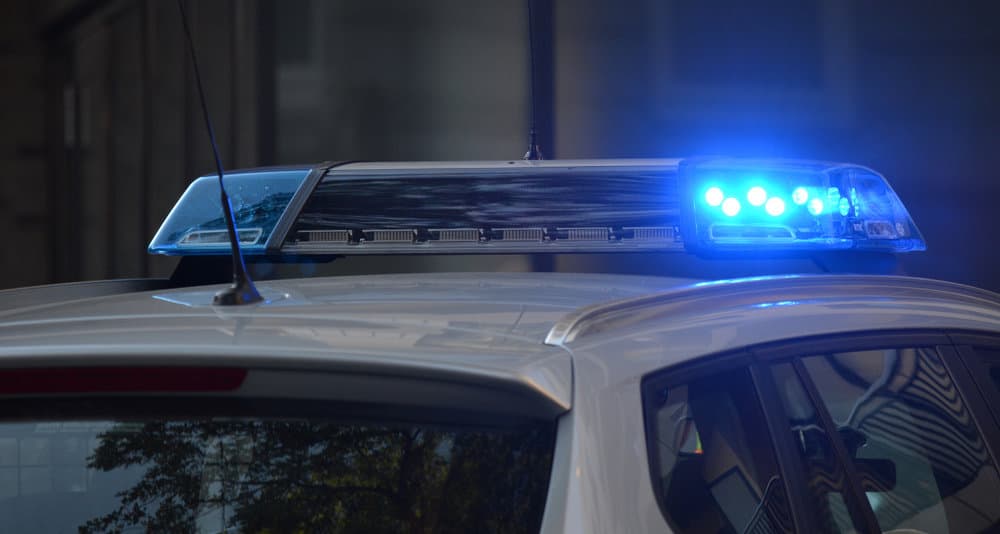
It can be said that the best interaction with enforcement personnel is the one that never occurs. While truck drivers can’t avoid officers entirely while on the roads, they can limit their interactions.
The fact of life is that trucks must pass through inspections and weigh stations on a regular basis, and you can bet that inspectors are looking for something wrong with the driver’s documents or the vehicle’s safety fitness. A one-day brake inspection blitz conducted by the Commercial Vehicle Safety Alliance last fall resulted in 22% of vehicles placed out of service for some kind of violation – 14% of those were for brake violations despite the brake-enforcement action being announced ahead of time.
Insurers such as Reliance Partners will work with any fleet to craft an insurance policy that fits their needs and budget, but they can’t prevent an inspector from finding something wrong with your vehicle or documents. That is squarely on the fleet and driver. And a mountain of violations makes it that much more difficult to find a cost-effective insurance policy.
So how can you reduce roadside violations? One way is to properly maintain your vehicles. This includes a proper preventive maintenance program and training drivers to conduct proper pre- and post-trip inspections.
Another way is to limit those interactions with enforcement personnel. Many fleets have turned to weigh station bypass systems such as PrePass. The program qualifies fleets based on several factors, including Inspection Selection System scores from FMCSA. Fleets that qualify can have their trucks bypass inspection stations. Not every truck is granted permission to bypass an inspection station, but the majority that meet the criteria do. Bypassing an inspection station greatly reduces the opportunity for enforcement to find additional issues which can hurt insurance scores.
Beyond receiving bypass clearance, the best way to avoid interaction with enforcement personnel is to not draw attention to yourself. In other words, if you don’t want a speeding ticket, don’t speed.
Mark Abrahamson spent 27 years with the Wisconsin State Patrol and now works for risk advisor HNI. He recently produced a blog posting entitled, “10 things truck drivers do that get them pulled over.” While not a comprehensive list, Abrahamson points out common behaviors that law enforcement will look for, and given a reason to pull over a commercial vehicle, enforcement often will, and that interaction can lead to additional violations beyond the one that drew the initial contact.
Among Abrahamson’s suggestions is to avoid following too close. Hand-in-hand with that is speeding. “When trucks are following less than a truck length behind another, it’s obviously too close and an easy traffic stop,” he wrote. “Of course, we know much more distance is needed to just fulfill the perception and reaction time and to fulfill most states’ following distance laws.”
Trucks that deviate from their lanes are another situation that can draw enforcement’s attention. “Typically, once it’s observed that it was not simply a ‘push of the wind’ officers will initiate a traffic stop for deviations from the traffic lanes which are not typical or stand out from the norm for the conditions and roadway surface,” Abrahamson said.
Once stopped, officers will look for something that perhaps caused a distraction and will usually check record of duty status to see whether the driver may be over hours and tired.
Inattentiveness, such as late or hard braking, is another situation officers will look for. Late braking can be an indication of fatigue. Using handheld phones is an obvious concern, and Abrahamson noted that if a truck’s mirrors are properly positioned, it is easy to see a phone in a driver’s hand.
Of course, failing to obey traffic signs or signals is another easy stop for officers. This can become a problem if a driver ends up in an unfamiliar area or fails to heed signs restricting trucks to a particular lane. Also, if a driver is not sure of the weight or height of their vehicle and travels on a restricted road, it can lead to additional scrutiny. “Other sign violations can also command substantial attention such as misreading or misjudging a bridge height sign resulting in a bridge strike,” Abrahamson wrote. “Not only will bridge inspectors, competitors, and customers observe that truck under the bridge in print or person, you can expect a CMV inspector to arrive and complete a post-crash inspection.”
Another simple-to-avoid situation is having improper registration or credentials displayed. Abrahamson noted that this will automatically trigger a Level 3 inspection and as the officer walks around the vehicle, a single observed violation could increase that to a more detailed Level 2 inspection.
Along with credentials are lighting violations and improper load securement. Lights not illuminating are easy to spot during pre-trip inspections and should be fixed immediately. A single light out could be enough for an officer to pull over a truck. Improperly securing a load is an obvious violation that officers can see on any flatbed. Abrahamson advised to not forget proper securement in dry vans, though. “Of greater concern is the securement in enclosed trailers as it’s out of view during transportation but it will be checked during an inspection,” he wrote. “It’s not uncommon to find heavy items or containment systems simply lined down the center of the trailer with no side to side securement.”
As you can see, any interaction with law enforcement can quickly escalate from a single violation – a bulb being out – to a full-scale inspection with an out-of-service order. All those violations eventually add up and become a risk score that insurers will use to set your premiums at your next policy update.
The best way to limit that cost is to avoid violations, and that starts with proper vehicle maintenance, pre- and post-trip inspections, and following safe driving practices.
Stay up-to-date with the latest commentary and insights on FreightTech and the impact to the markets by subscribing.











